Jacksonville, Fl. — The “Buresh Bottom Line”: Always be prepared!.....First Alert Hurricane Preparation Guide... City of Jacksonville Preparedness Guide... Georgia Hurricane Guide.
STAY INFORMED: Get the * FREE * First Alert Weather app
FREE NEWS UPDATES, ALERTS: Action News Jax app for Apple | For Android
WATCH “Preparing for the Storm”
WATCH “The Ins & Outs of Hurricane Season”
READ the First Alert Hurricane Center “Survival Guide”
LISTEN & WATCH “Surviving the Storm” - WOKV Radio & Action News Jax
***** ALWAYS CHECK & RE-CHECK THE LATEST FORECAST & UPDATES! *****
REMEMBER WHEN A TROPICAL STORM OR HURRICANE IS APPROACHING: Taping windows is *not* recommended & will not keep glass from breaking. Instead close curtains & blinds.
Realize the forecast cone (”cone of uncertainty”) is the average forecast error over a given time - out to 5 days - & *does not* indicate the width of the storm &/or where damage that might occur.
*** LOCAL (Jacksonville/NE Fl./SE Ga.) IMPACTS FROM THE TROPICS: None.
The Atlantic Basin Overview:
** “Sean” is over the Eastern Atlantic...
** Low pressure over Central Atlantic...
** Another tropical wave has moved off the coast of Africa...

(1) wave ‘92-L’ over the Eastern Atlantic was upgraded to tropical depression #19 Tue. evening & to tropical storm “Sean” early Wed. before being downgraded back to a depression Wed. evening then back to a weak tropical storm Thu. morning. Sean will continue to battle wind shear as well as some dry air & is likely to weaken & eventually dissipate over the Central Atlantic sometime over the weekend/early next week.
A tropical wave - ‘94-L’ - coming off the coast of Africa only several hundred miles to the east/SE of Sean at a lower latitude & has potential for gradual development. Forecast models are at odds with the eventual outcome as the GFS turns the disturbance northward vs. the European model which shows a stronger/deeper tropical cyclone impacting the Northeast Caribbean in about 10-12 days (near Oct. 23rd). The ultimate outcome will likely be tied to just how strong this wave becomes, or doesn’t become - but a wave to watch.

(2) Low pressure (’93-L’) that moved over Florida Thursday dumping heavy rain is now over the Western/Central Atlantic. It appears this low will remain nontropical while moving east/northeast.

‘94-L’:

Sean:


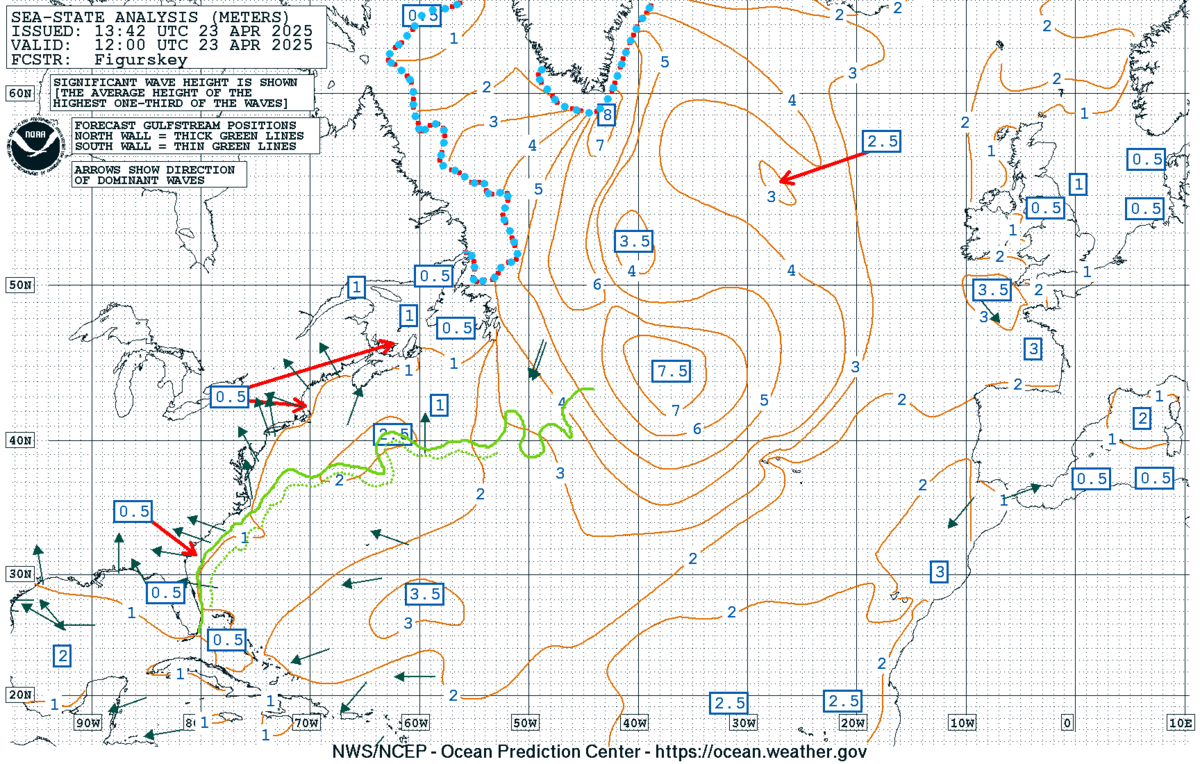

The upper oceanic heat content (UOHC) [tropical cyclone heat potential/TCHP] across the SW Atlantic, Gulf & Caribbean:
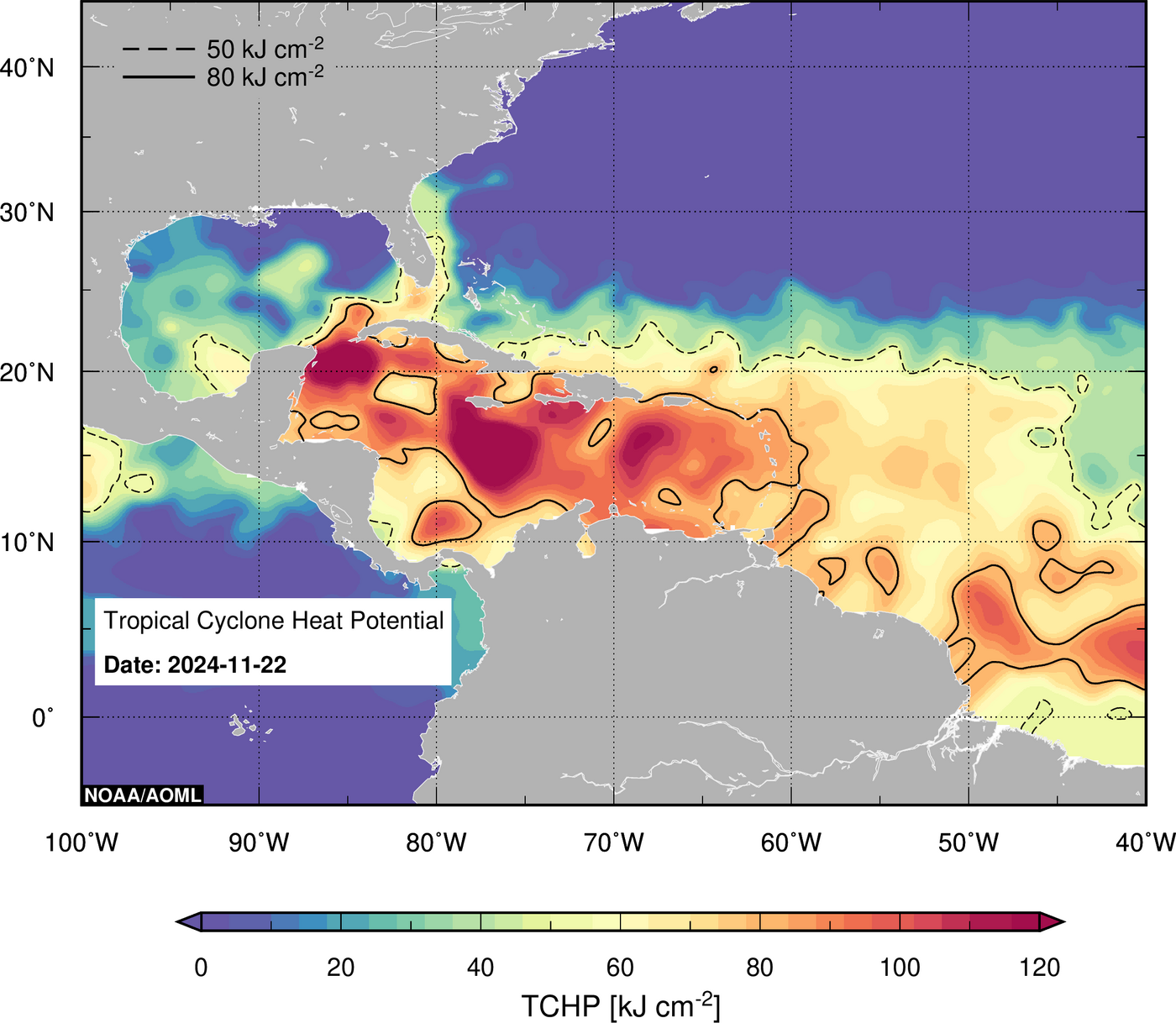



Water vapor loop (dark blue/yellow is dry mid & upper level air):


October tropical cyclone origins:
Averages below based on climatology for the Atlantic Basin for October:

Wind shear:



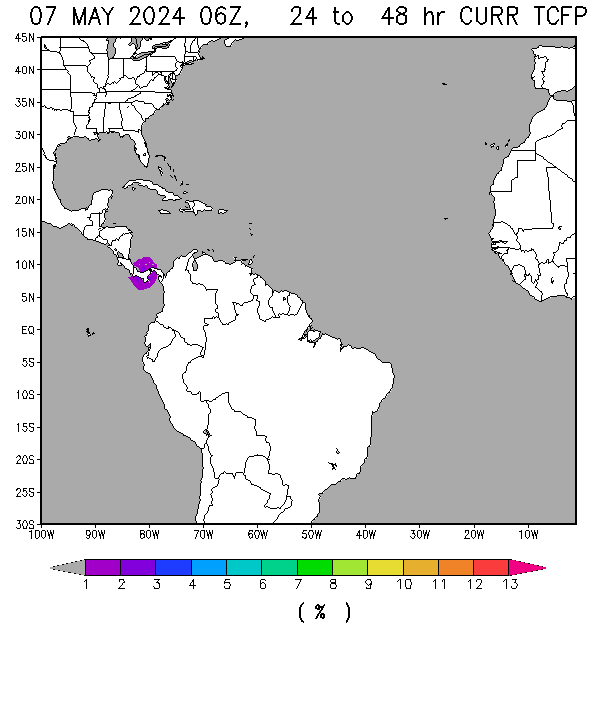
Saharan dust spreads west each year from Africa by the prevailing winds (from east to west over the Atlantic). Dry air - yellow/orange/red/pink. Widespread dust is indicative of dry air that can impede the development of tropical cyclones. However, sometimes “wanna’ be” waves will just wait until they get to the other side of - or away from - the plume then try to develop if other conditions are favorable. In my personal opinion, way too much is made about the presence of Saharan dust & how it relates to tropical cyclones. In any case, the peak of Saharan dust typically is in June & July.

2023 names..... “Tammy” is the next name on the Atlantic list (names are picked at random by the World Meteorological Organization... repeat every 6 years). Historic storms are retired [Florence & Michael in ’18... Dorian in ’19 & Laura, Eta & Iota in ‘20, Ida in ‘21 & Fiona & Ian in ‘22]). In fact, this year’s list of names is rather infamous with “Katrina”, “Rita” & “Wilma” retired from the ‘05 list & “Harvey”, “Irma”,“Maria” & “Nate” from the ‘17 list. The WMO decided - beginning in 2021 - that the Greek alphabet will be no longer used & instead there will be a supplemental list of names if the first list is exhausted (has only happened three times - 2005, 2020 & 2021). The naming of tropical cyclones began on a consistent basis in 1953. More on the history of naming tropical cyclones * here *.





East Atlantic:





Mid & upper level wind shear (enemy of tropical cyclones) analysis (CIMMS). The red lines indicate strong shear:
Water vapor imagery (dark blue indicates dry air):

Deep oceanic heat content over the Gulf, Caribbean & deep tropical Atlantic. The brighter colors are expanding dramatically as we near the peak of the hurricane season.:
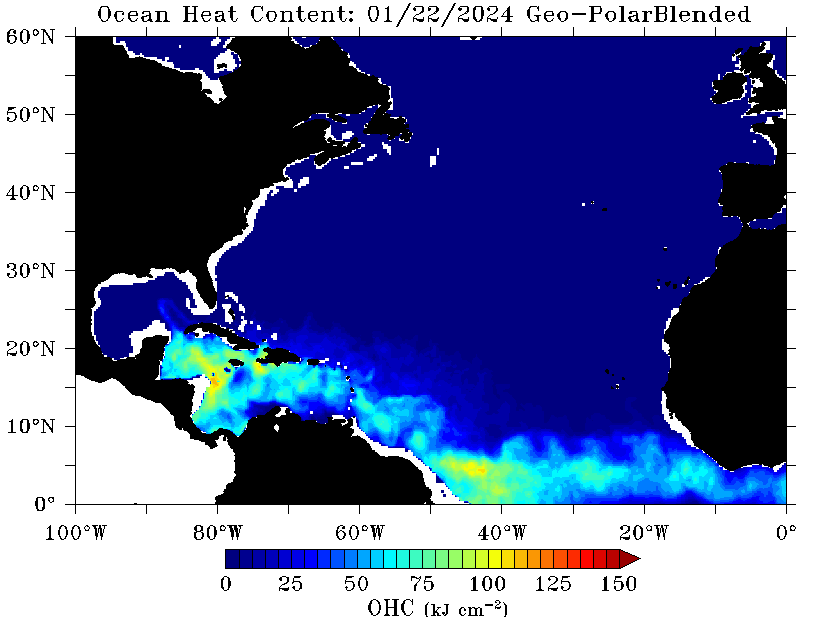
Sea surface temp. anomalies:
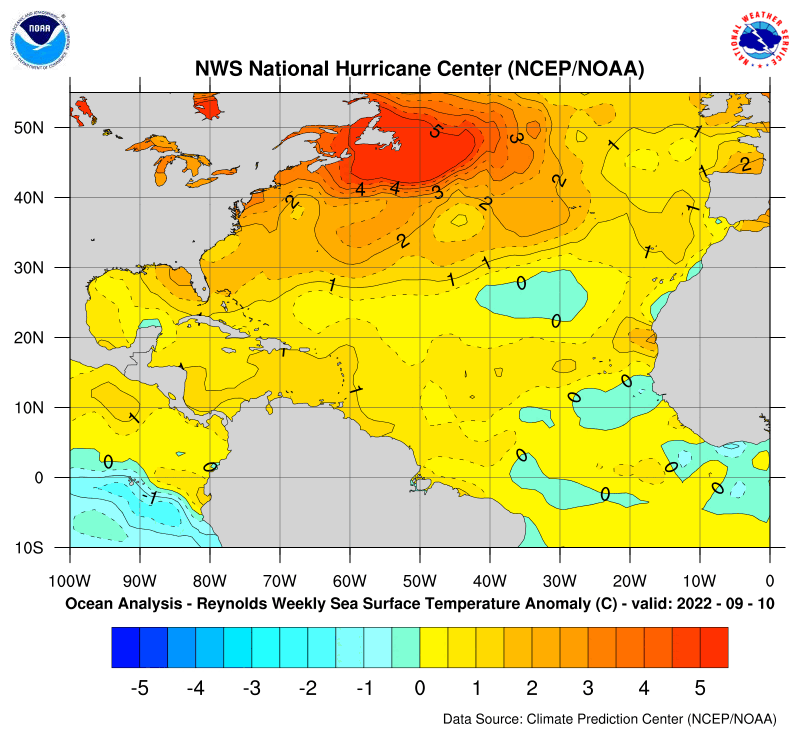

SE U.S. surface map:

Surface analysis centered on the tropical Atlantic:

Surface analysis of the Gulf:

Caribbean:

Atlantic Basin wave period forecast for 24, 48, 72 & 96 hours respectively:



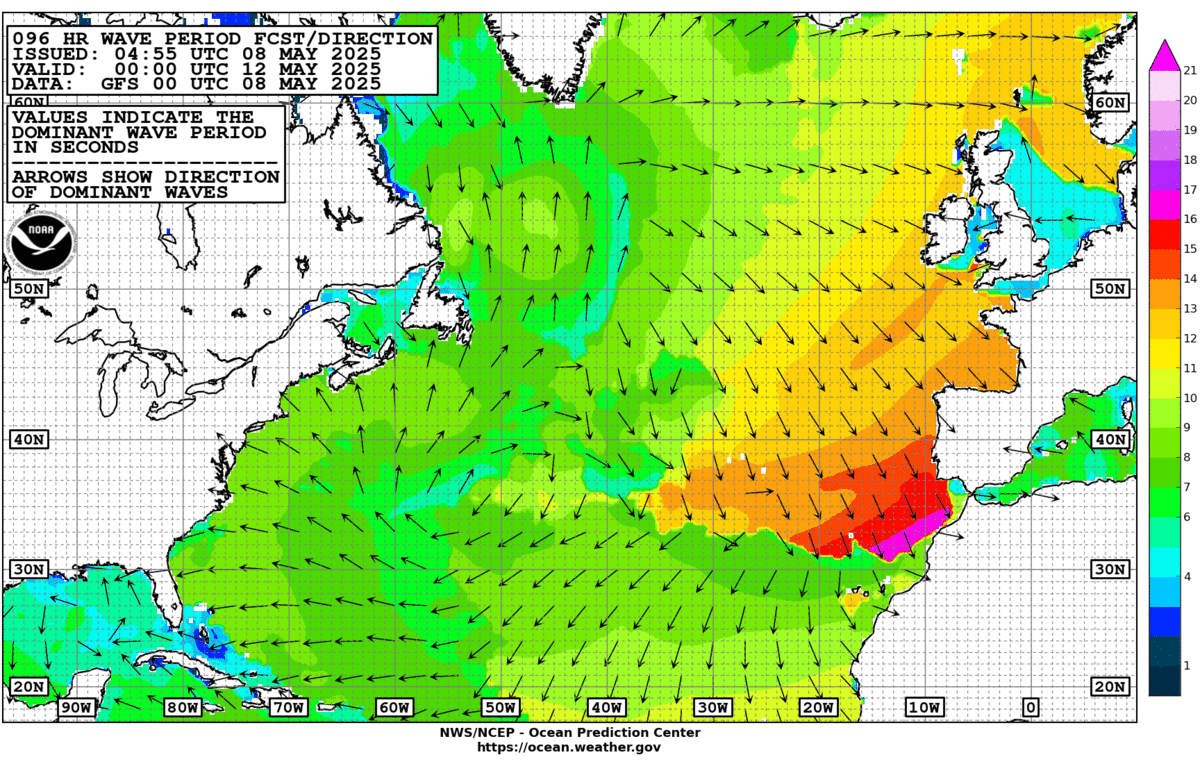
East/Central Pacific:





West Pacific:
“Bolaven” After a hit on Guam... the once super typhoon is turning sharply northeast & will weaken while staying well east of Japan.:


Global tropical activity:

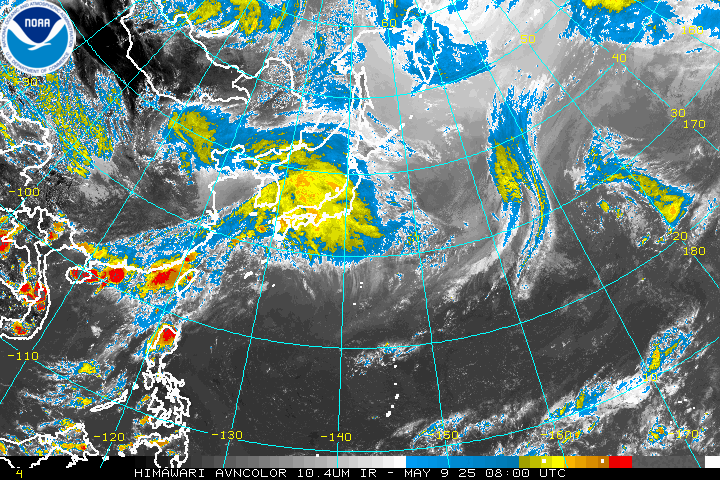
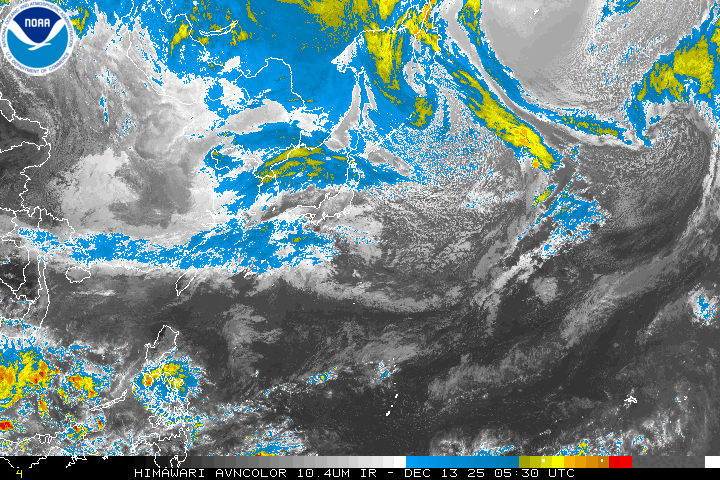
Cox Media Group

:quality(70)/cloudfront-us-east-1.images.arcpublishing.com/cmg/JIFG55NSN5HKZK6LKEZ4C7UU5I.jpg)


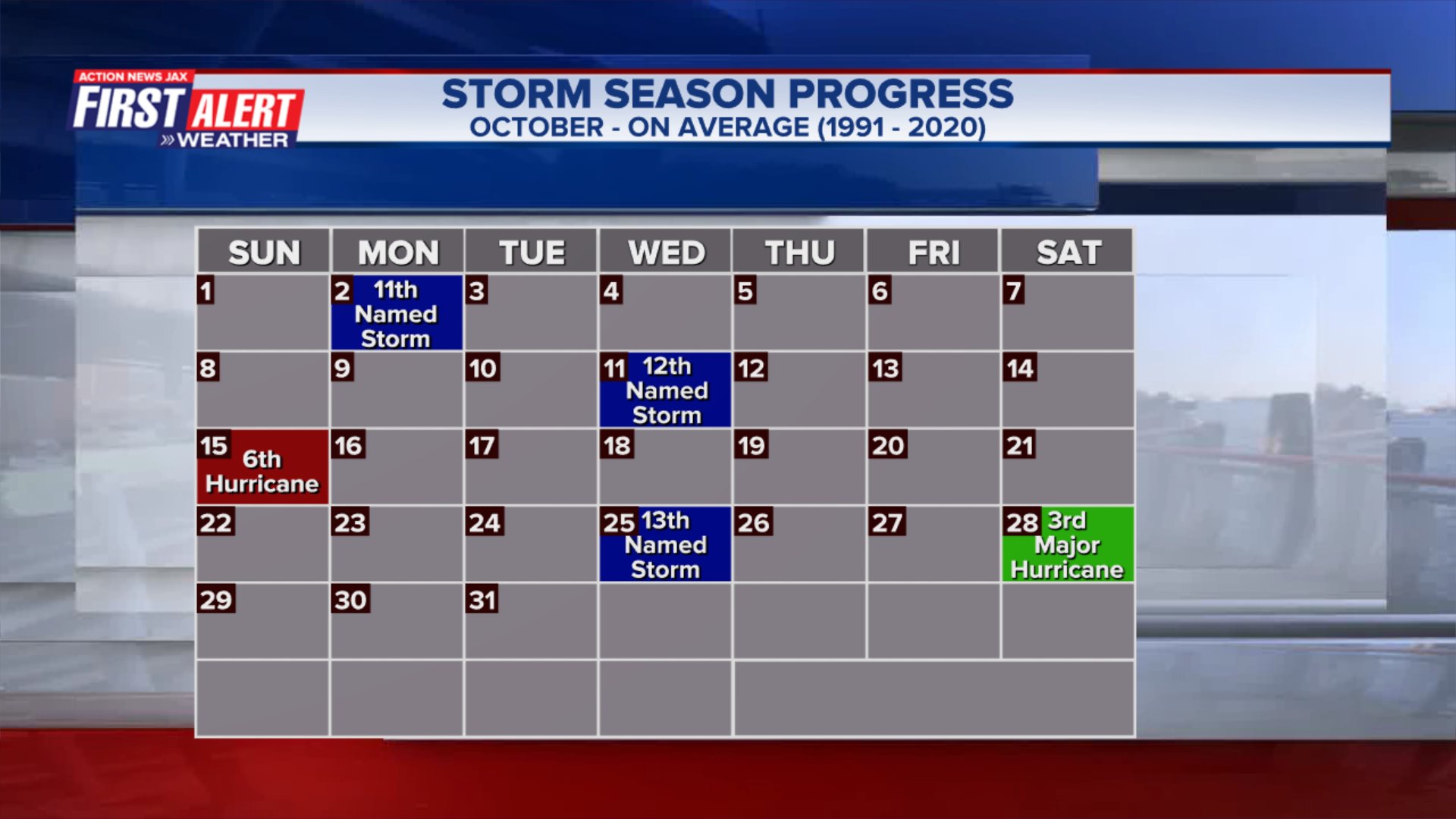
:quality(70)/cloudfront-us-east-1.images.arcpublishing.com/cmg/6YN72G4STFFCZICS32QBO7UKU4.png)
